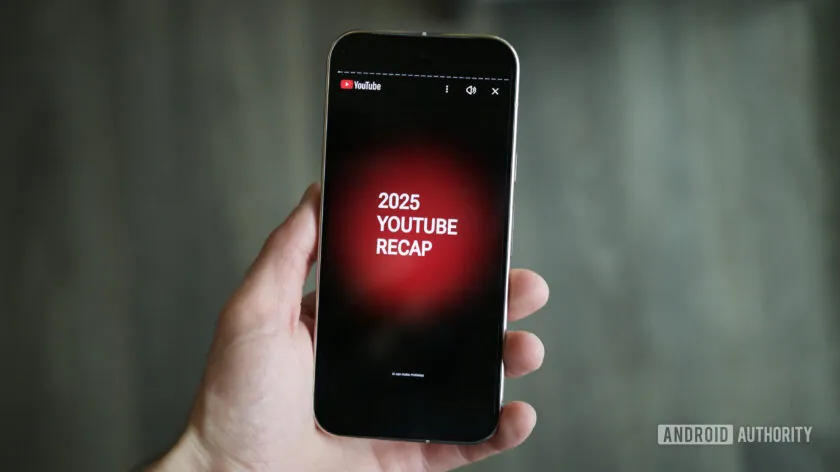A fresh SEO and analytics study has revealed that the wave of AI-generated content online has stabilized: human-written and AI-written pieces are now nearly equal in presence, after an earlier surge in machine outputs. This challenges widely held assumptions that bots and algorithms would soon dominate the digital landscape entirely.
From Surge to Standoff
In the early months of the AI boom, reports suggested that machine-generated articles might soon flood the internet. Some predictions even estimated that up to 90 percent of web content would be AI-produced within a few years. However, the latest data indicates a more balanced equilibrium. The analysis—based on randomly sampled webpages and evaluated using AI-detection tools—shows that pure AI content no longer outpaces human writing as dramatically as before.
That said, experts caution that distinguishing between AI and human writing remains inherently messy. AI detector tools still miss sophisticated humanization efforts or subtle editing, and many hybrid pieces mix human and automated input.
Why AI-Written Content May Be Under Pressure
The study suggests several reasons why AI-only content has lost momentum:
- Search engine deprioritization: Sites heavily populated with AI material are reportedly receiving lower visibility in search rankings and chatbot results, pushing webmasters to favor human or hybrid content for better engagement and discoverability.
- Quality over quantity: Content farms relying purely on AI appear to have realized that volume without depth draws less traffic and fails to establish credibility.
- Labeling matters: AI-generated summaries or clearly labeled automated texts (especially when summarizing proprietary content) tend to perform relatively well—because transparency helps maintain trust with readers.
In short, while AI writing remains a powerful tool, it seems to need human context, oversight, and curation to maintain relevance and legitimacy.
What This Means for Content Creators and Publishers
- Hybrid is the new norm: The most effective content strategy increasingly involves combining AI-assistance with human editing, fact-checking, and narrative nuance.
- Trust and authenticity remain king: Audiences still favor voices with personality, insight, and accountability—traits difficult for AI alone to fully replicate.
- Disclosure becomes essential: As AI tools become more integrated, clear labeling or transparency about automation will be key to retain reader trust.
- Detection tools must evolve: Current detectors are imperfect; the battle between writing models and detection models will likely continue as both sides get smarter.
Looking Ahead
With human and AI-written content now sitting in rough balance, the next frontier lies not in who writes, but how well content connects. AI may handle drafts, outlines, or summarization, but the human touch—original thinking, emotional resonance, context awareness—remains difficult to mechanize.
As the field advances, one principle seems clear: in a world awash with text, the real value lies in what you add—not just how you generate it.
















Leave a Reply